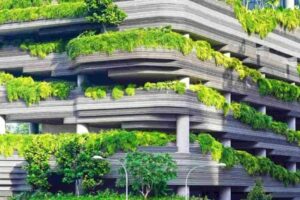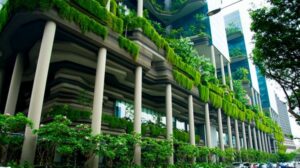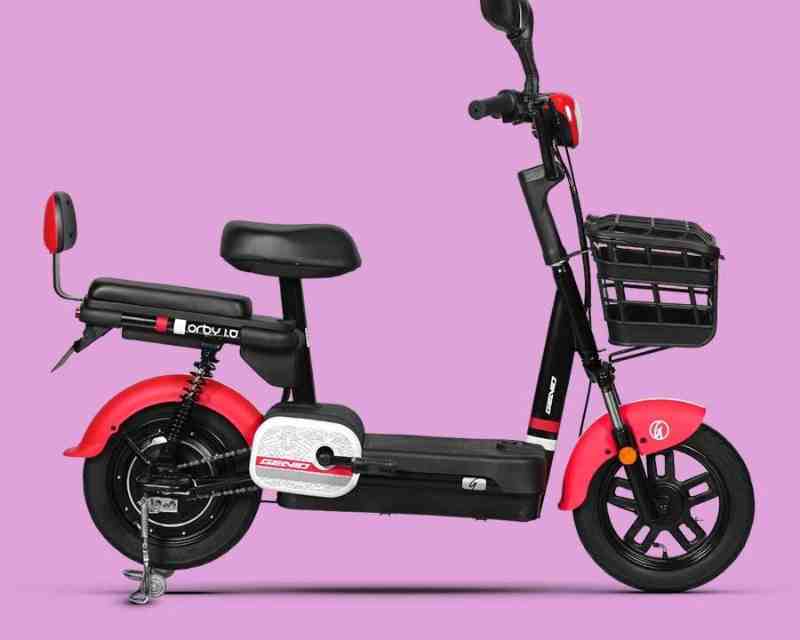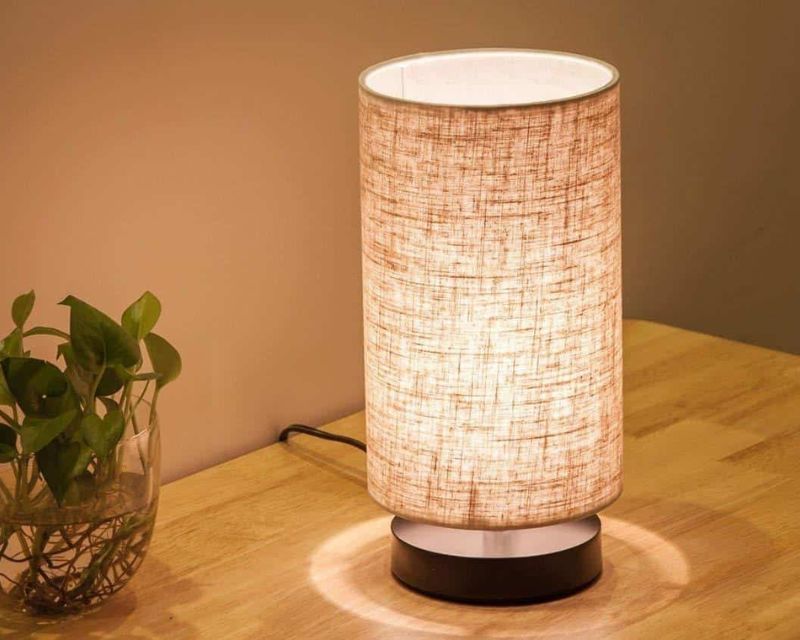In today’s world, more and more people are worried about the environment which has resulted in the increasing popularity of green buildings.
Green buildings are sustainable and environment-friendly structures that don’t harm the planet. This involves green technologies and materials that use less energy, produce less waste, and have less impact on the environment.

Source: https://eadn-wc01-6453665.nxedge.io/cdn/wp-content/uploads/2020/10/building-with-trees-on-every-balcony-what-is-green-building.jpg
These buildings are energy-efficient and minimize carbon footprint. The goal is to create spaces that are sustainable and healthier for people to live and work in while reducing the negative effects on the ecosystem. That said; let’s walk you through some important things about green building renewables.
What Is A Green Building?
Green buildings are the result of sustainable architecture that is built to reduce environmental harm. Starting from the design to construction and demolition, everything is done in an environmentally beneficial way.
The way these buildings are designed is different from regular buildings. The construction process varies depending on various factors such as neighborhood, plot, climate, etc.
Green buildings are the future of architecture and are highly beneficial for our planet.
Key Features Of Green Buildings
Green building renewables are zero-waste, energy-efficient, and resilient. The key features of these buildings are:
- Eco-Friendly Materials: Green buildings use carbon-storing, recycled, biodegradable, or reused materials.
- Clean Energy: They use renewable energy sources like smart grids, solar panels, solar water heaters, heat pumps, and others.
- Less Waste: They produce less waste with composting and recycling. Things like zero waste design, composting, and greywater cycling are integrated into these buildings.
- Cultural & Social Value: Green buildings promote local art, accessibility, modular spaces, light pollution reduction, and community events.
- Temperature Control: Green buildings have cool roofs, good insulation, double-paned windows, and solar shading.
- Energy Efficiency: Green buildings use natural ventilation and lighting, energy-efficient appliances, smart meters, LED lights, and other things to save energy.
- Water Use: These buildings have ow-flow toilets and rainwater harvesting systems.
- Biodiversity: Green buildings have green spaces like rooftop gardens and bird-friendly designs.
- Protection from Nature: These buildings are designed to handle floods and storms, with raised structures and water management.
- Renewable Power: Many green buildings use wind turbines and solar panels for sustainable energy.
Things To Know About Green Buildings
There are some interesting things about green buildings that one should know.
Green Buildings Are Energy Efficient
Green buildings require 11% less water and 25% less energy compared to regular buildings. This is a positive step towards addressing global concerns.
The rising trend of zero-energy constructions is noteworthy, as they result in minimal to no electricity expenses throughout the year. It involves harnessing energy from unconventional sources. Solar panels, for instance, capture the sun’s energy and convert it into electricity. Geothermal heaters use underground heat to provide warmth during the winter.
These methods reduce reliance on traditional electricity generation methods. It reduces living costs and solves energy issues.
Green Buildings Uses Natural Lighting & Ventilation
Green buildings reduce energy consumption by using natural lighting and ventilation for interior spaces. This approach reduces cost and enhances architectural efficiency.
Green designs make buildings sustainable by incorporating advanced technology and materials and simple modifications.
Tax Rewards & Benefits
In many regions and countries, they provide attractive tax incentives related to green construction. These include one-time payments if you build an environmentally friendly home. It means you could receive a portion of your construction costs refunded by the government.
Tax benefits for green buildings motivate others to choose a green and sustainable home over a conventional one.
Green Buildings Inhabitants Are Healthier
The primary focus of green buildings is the safety and well-being of the occupants. Non-green buildings use materials consisting of radon and other dangerous chemicals, resulting in more asthma cases.
Sustainable architecture addresses these concerns by opting for environmentally friendly materials that are beneficial for both the occupants and the environment.
Benefits Of Green Buildings
Green buildings have numerous benefits. Some of the major benefits associated are:

Source: https://www.iberdrola.com/documents/20125/40339/singapur.jpg/4e69564f-4d90-c09e-f446-ee43dd2d3521?t=1627284271182
Better Quality of Life
Our surroundings have a major impact on our health. Green buildings use sustainable design elements, including natural lighting sources, ergonomic design features, improved air quality, and optimum thermal conditions. These things improve the health and quality of life of inhabitants.
Less Water Wastage
Green buildings have integrated water-efficient plumbing systems that reduce water wastage. For water recycling, green buildings have specially engineered water storage and purifier systems. This is a positive development towards saving water.
Shared Resources
The world’s population is growing, especially in big cities, resulting in the scarcity of shared resources. To address this issue, architects from around the world have developed sustainable technologies and practices that safeguard resources like energy and water. Green buildings reduce the environmental impact and protect these resources for future generations.
Cost-Effectiveness
Green buildings may seem pricier, but they rely on cost-effective construction methods that ease the financial burden for property owners. These savings are possible because of reusing materials during renovations, which offer immediate cost advantages, and integrating energy-efficient designs, leading to long-term reductions in heating expenses. Many places offer financial incentives to promote green building practices among developers and existing property owners.
Material Efficiency
Green buildings are constructed using the least amount of materials. Designers focus on reducing material waste through thoughtful material selection and building design. Circular design principles consider the entire life cycle of a building project. It helps designers identify areas for improvement, such as integrating reused, biodegradable, or recycled materials.
Energy Savings
Energy efficiency is the main advantage of green buildings. It benefits both the building owners and the environment by cutting costs. Strategic window placement, effective insulation, cool roofing, sunshades, and double-glazed windows reduce a building’s cooling and heating expenses. Green building certifications assess the impact of design on energy efficiency. Homeowners use energy-efficient appliances to reduce energy consumption.
Final Words
Green building renewables is a crucial step towards a sustainable and environmentally responsible future. It uses innovative design, and resource efficiency to reduce environmental impact. Green buildings benefit both the environment and property owners. Green building practices are beneficial for both the environment and the future generations.






